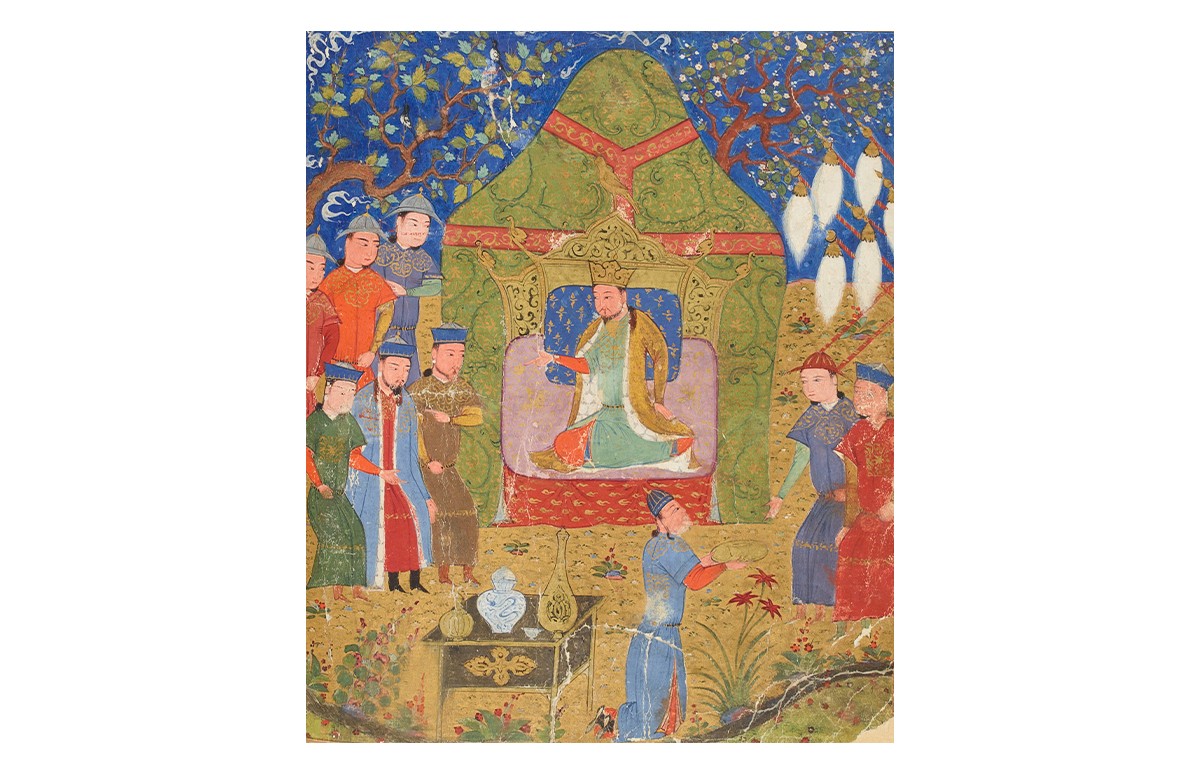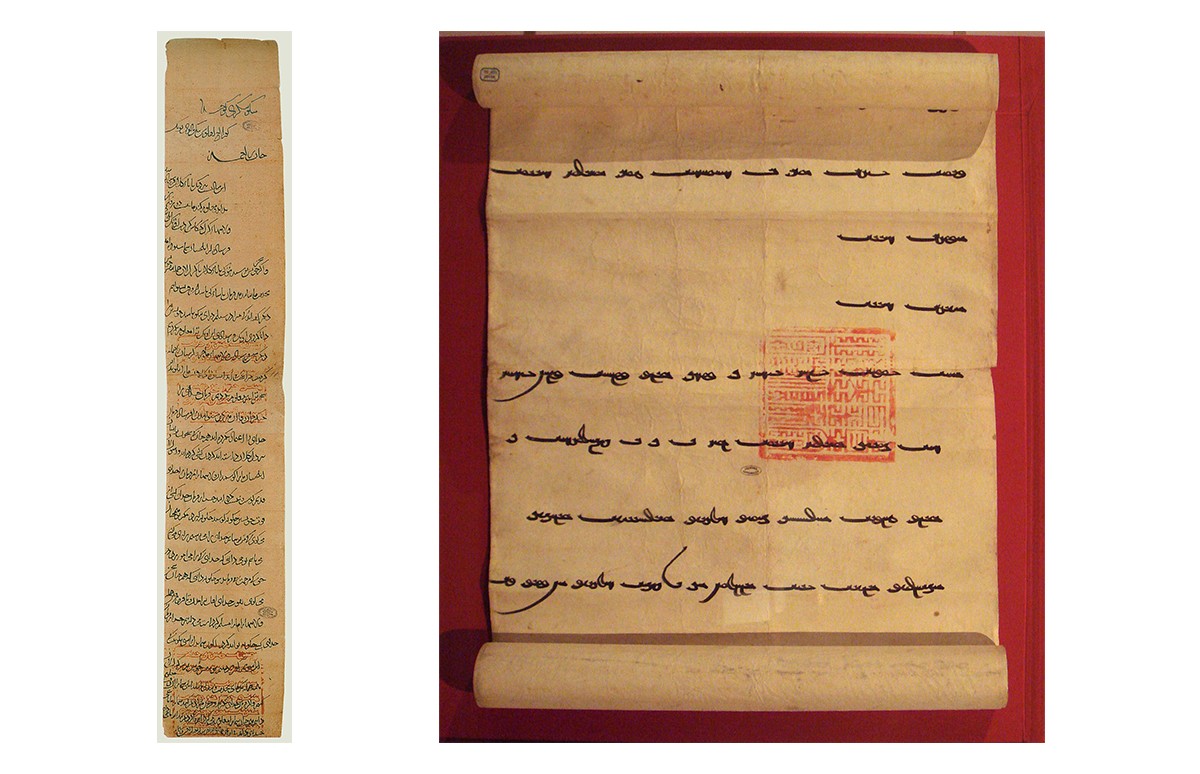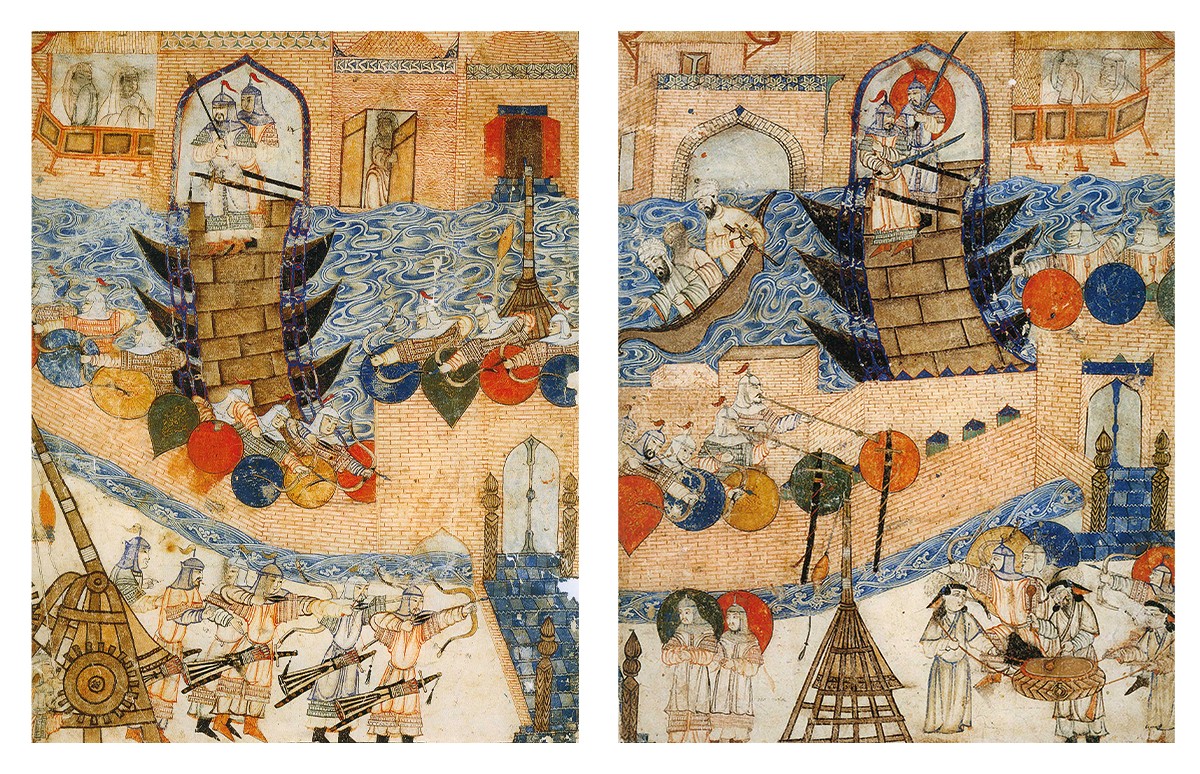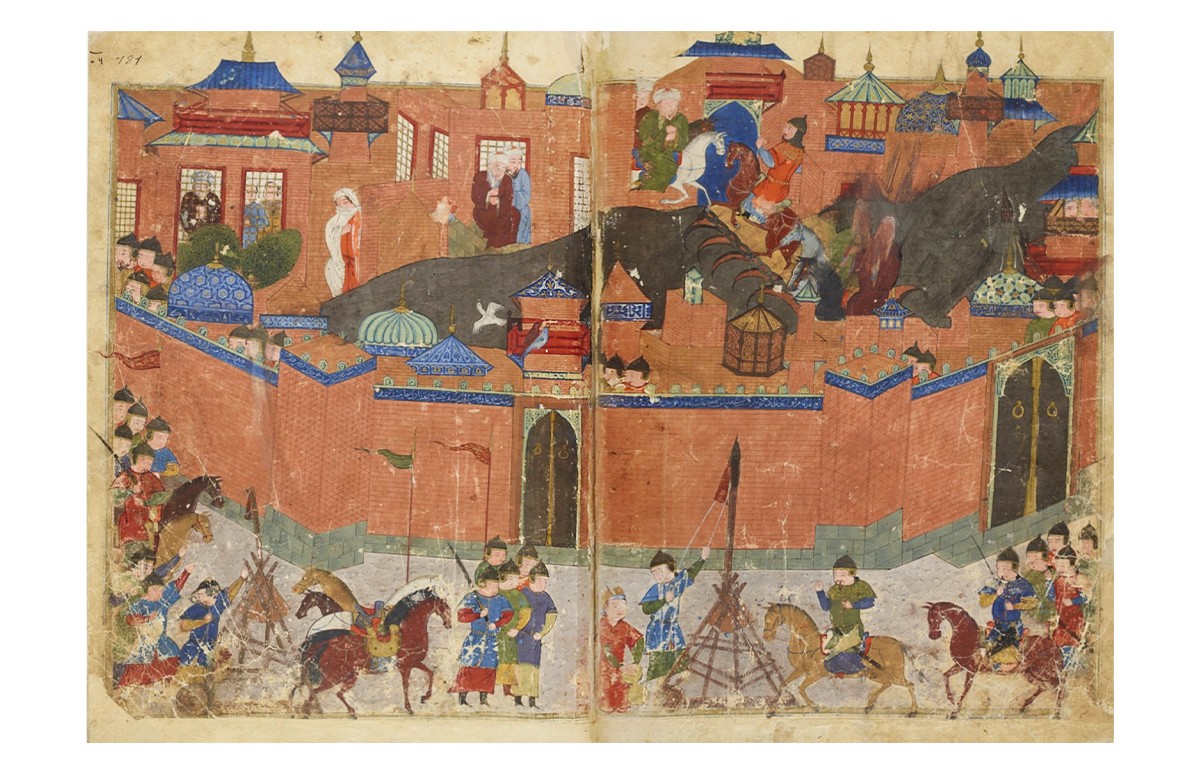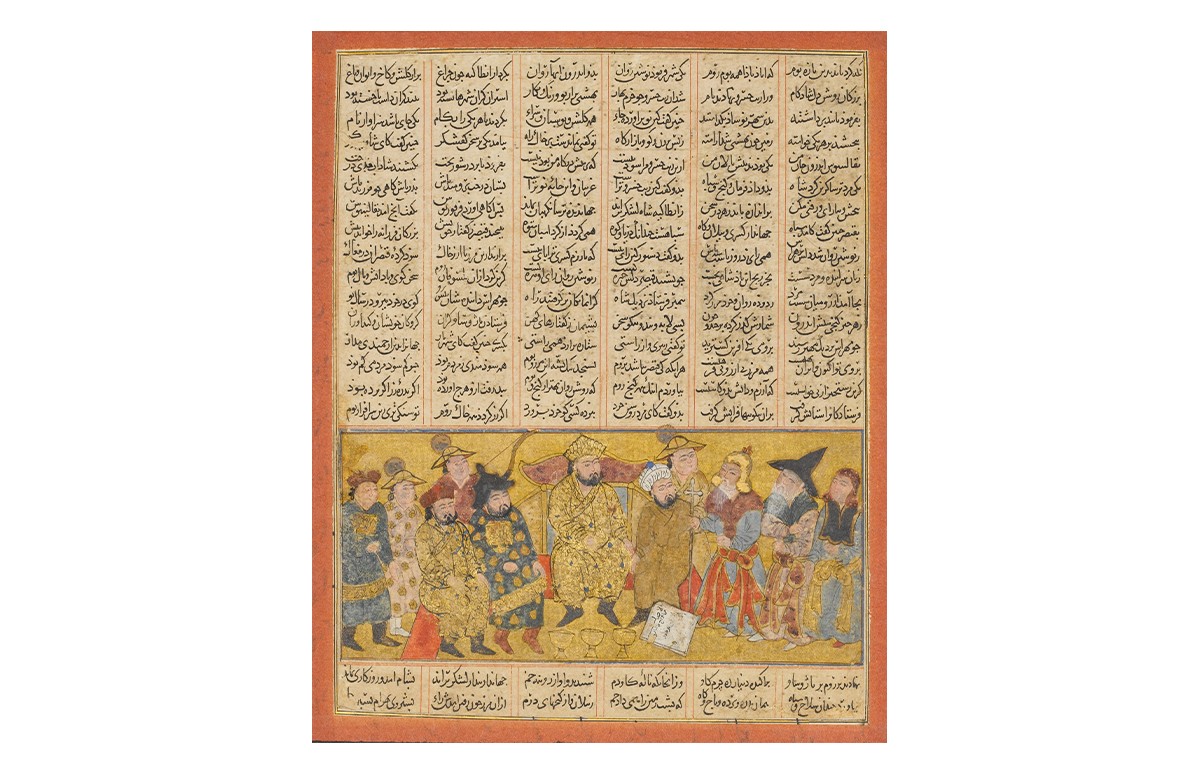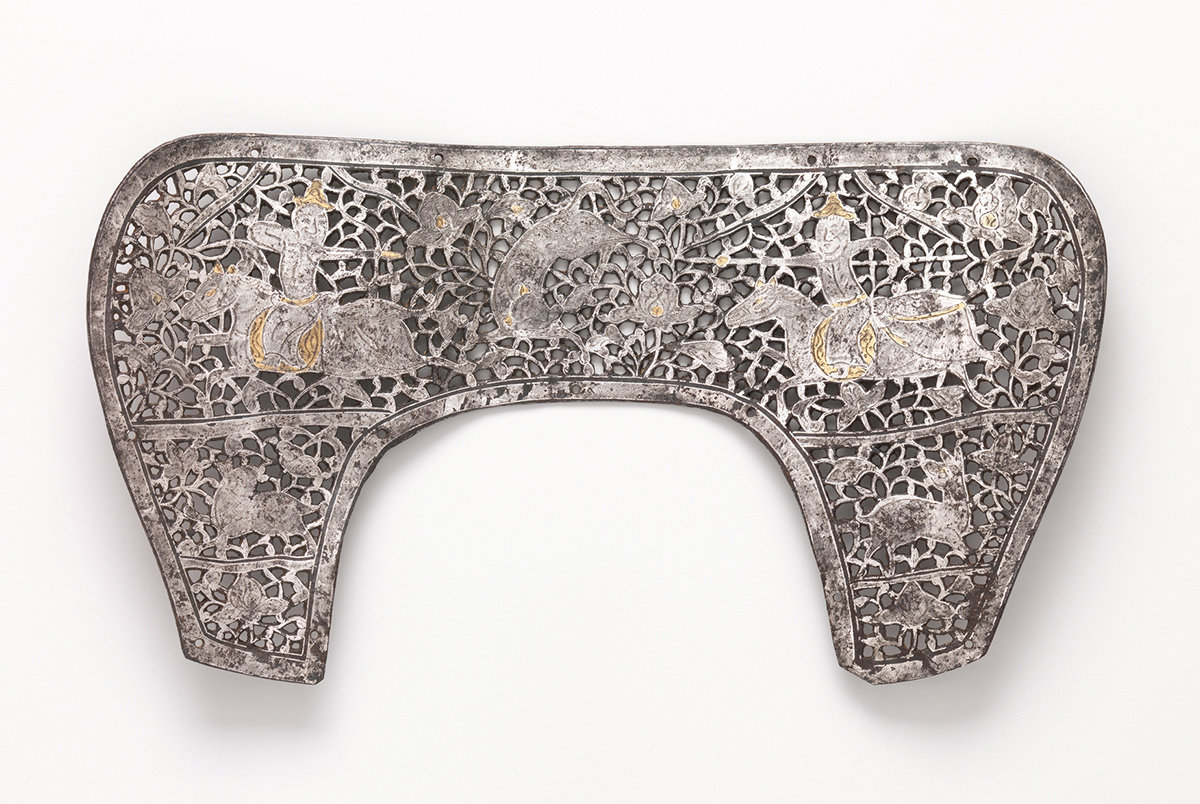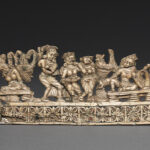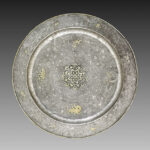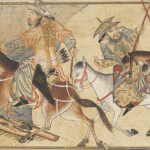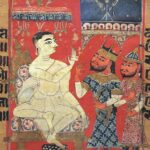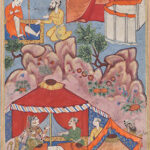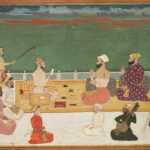A Broader Eurasian World System Is Integrated
1200–1300
A confederation of Central Asian tribes, grouped under the name ‘Mongol’, expands its territories across Eurasia. Branches of the Mongol political structure, like the Ilkhanids in Iran, establish new trade and political routes across the continent, especially with South Asia and China. After initially destroying some major urban centres, the Mongol Khanate and its successors lavishly patronise the arts and trade, merging with the existing Turko-Persian cultures of the region.
The art of book production develops significantly in Ilkhanid courts, with notable improvements in the quality of paper, calligraphy and illumination. The legacies of this art are carried over into the Timurid and Safavid periods in the region, eventually also influencing Islamic art in South Asia in terms of style, theme and material.
Bibliography
Liu, Xinru. The Silk Road in World History. New York: Oxford University Press, 2010.
Ishjamts, N. “The Mongols.” In History of Civilisations in Central Asia. Vol. 1, edited by A. H. Dani and V. M. Masson, 209–224. Paris: UNESCO Publishing, 1992.
Feedback 
This entry appears in
Art in South Asia
Visit Timeline
Associated Timeline Events
First Published: March 11, 2024
Last Updated: July 2, 2024



